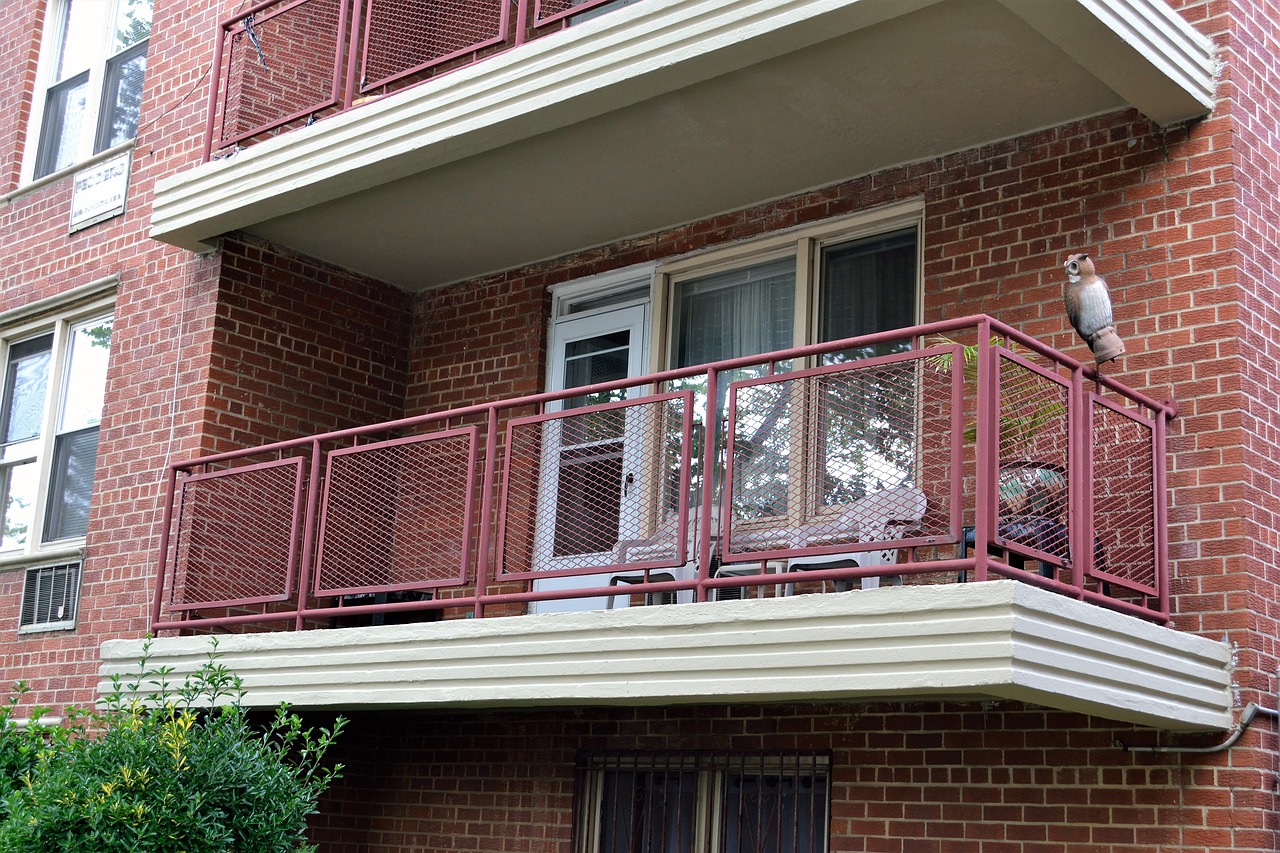Non-Standard Lets: What You Can and Can’t Rent out as a Landlord
Published on April 30, 2023 by Sarah Mac

Sometimes there may be opportunities to invest in a property or let one out that you already own that is not necessarily ‘standard’. This could mean non-standard construction, a property purchased under a shared ownership scheme, a retirement property or a leasehold. Here’s a look at what’s involved in letting out properties that can’t be classed as standard.
Shared Ownership Properties
The Shared Ownership Scheme was created to give first time buyers and anyone who couldn’t afford to buy a home through standard channels to get a foot on the property ladder.
The scheme involves buying a share in a property, and paying rent on the rest. Buyers have the option to increase the amount owned over time in a process called “staircasing”. You eventually staircase all the way to 100% ownership.
Certain criteria apply when purchasing a shared ownership property. And when it comes to renting one out, there are even more conditions.
It’s sometimes possible to sublet a room, but only if you still live in the property. If you haven’t fully purchased the property and want to move out and rent it out, this will only be allowed in exceptional circumstances, such as if you are a member of the Armed Forces and are serving away for a period of time.
However, in the majority of cases, you won’t be able to rent out a shared ownership property until you have staircased to 100% ownership.
Retirement Properties
Retirement properties are usually bungalows, small houses or flats that are built for purpose with mature, independent living in mind. These properties are often fitted with features such as ramps, hand rails and wet rooms, making them suitable for older residents.
Generally, you can rent out a retirement property that you own. However, you do need to fit the buyers’ criteria if you are purchasing rather than inheriting. Generally you can only buy a retirement property if you are a certain age, which can be anything from a minimum of 50 or 60 years old.
Mortgages may be tricky due to the age of the purchaser, and lenders will usually have certain criteria to meet if you want to let the property. Some may not allow it.
If the property is leasehold, then you’ll need to obtain the permission of the freeholder before you go ahead and rent it out. You’ll also need to factor in any ground rent and/or services charges, as these will impact on your rental yield.
Also consider that a retirement property is a niche market with a limited audience, so you’ll need to make sure you won’t have trouble sourcing tenants.
Finally, bear in mind that certain types of retirement property can actually devalue over time rather than increase in value. So if you are potentially looking to release capital in the future by selling on, this type of property may not be right for you.
Leasehold Properties
A leasehold property is one that’s purchased under agreement with the freeholder of the building. The lease only lasts for a set number of years, usually starting at 999 from new.
Once the lease expires, the freeholder automatically takes back ownership. However, most leases will be renewed before that happens, although that is usually at cost to the leaseholder.
If you are buying a leasehold property, the length of the lease is important. Anything less than 80 years is considered a short lease, and would be unlikely approved for mortgage finance.
All of this aside, it is usually permissible to rent out a leasehold property once you’ve bought it, but you will, most certainly, need the express permission of the freeholder. If you go ahead and let the property without permission, the freeholder would usually be within their rights to commence repossession proceedings.
Do remember though that leasehold properties will usually carry service charges, and sometimes ground rent will be payable. So you’ll need to pass these costs on to your tenants, or at very least factor them into your rental yield calculations.
You’ll also be restricted by various rules that will mean permission being sought from the freeholder should you wish to make any changes, or even keep pets or run a home business. So again, these rules will need to be passed on to your tenants.
Non-Standard Construction Properties
A property’s construction type can influence mortgage availability, insurance costs and saleability, especially if it is considered ‘defective’ and doesn’t have the necessary certifications. Only certain mortgage lenders are willing to lend on non-standard construction properties.
Any house that is not built of brick or stone with a tiled or slate roof is considered non-standard construction.
Examples include prefabricated properties, concrete-constructed houses, and steel framed and timber framed properties. A flat, thatched, corrugated iron or shingle roof will also make a property non-standard.
Renting out a non-standard property you own outright shouldn’t be a problem, although you will need to make sure you can secure buildings insurance, and you’ll also need to pay a lot more attention to maintenance than you would with a standard construction property.
If you’ve purchased on a leasehold basis, then the same criteria will apply as set out above under ‘Leasehold Properties’.
Non-standard properties can offer opportunities, but they may also present more risks than standard properties. Weighing up the pros and cons when investing in this type of property is therefore vital.

